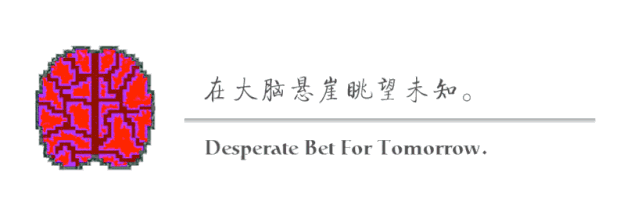

In the fight against the pandemic, whether on the front lines of epidemic prevention or in home isolation, it has become a matter for every industry and every individual.
Even though we are not at the center of the storm, we still have an unshirkable responsibility. The front line of epidemic prevention requires a large amount of material support, medical personnel, and the selfless dedication of countless workers. Every minor improvement that aids in virus control should be given attention and optimized. As a media outlet that has long focused on technological trends and the AI industry, we hope to approach this battle against the pandemic from the perspective of the Internet of Vehicles, considering what possible changes IoV technology can bring to public health and epidemic prevention efforts.
Reality: Applications of the Internet of Vehicles During the Pandemic
First, let us briefly review several key events in the fight against the pandemic. At 10:00 on January 23, Wuhan closed its outbound channels. At the same time, Hubei Province initiated a Level I response to major public health emergencies, suspending public transportation in 13 urban areas, which later expanded to 18 cities and counties. Thus, Wuhan and its surrounding areas officially entered an emergency state.
From mainstream media reports and social media messages, we can see that the combination of production halts during the Spring Festival and road closures quickly left Wuhan and surrounding cities short of epidemic prevention materials, with hospitals urgently needing protective equipment. Meanwhile, the suspension of public transportation made it difficult for medical staff to commute.
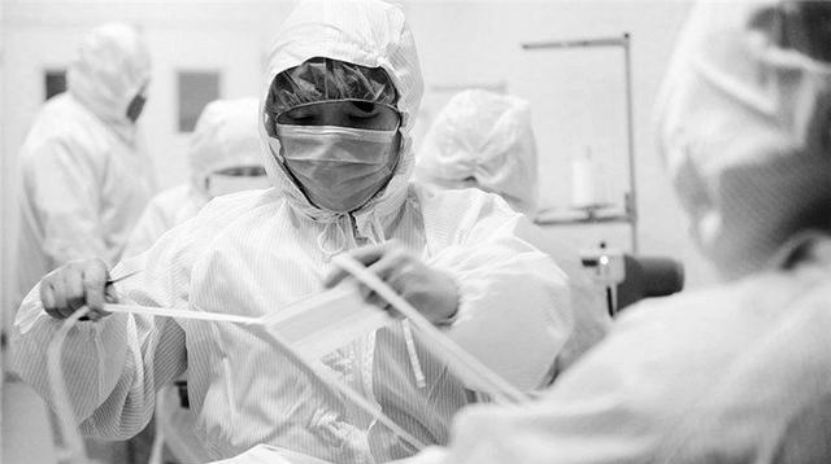
Normal travel and logistics were immediately interrupted due to the suspension, and rescue responses began almost simultaneously. Material assistance became the most pressing challenge to overcome after the road closures. Trucks from all over the country became the arteries supplying the epidemic area. Epidemic prevention medical supplies and basic living materials were quickly transported into Wuhan and surrounding areas by logistics vehicles from across the country, striving to alleviate the shortage of frontline medical supplies.
“Who is aiding Wuhan?” Through the big data of a domestic automotive IoV, we can glimpse the traces of these material transports.
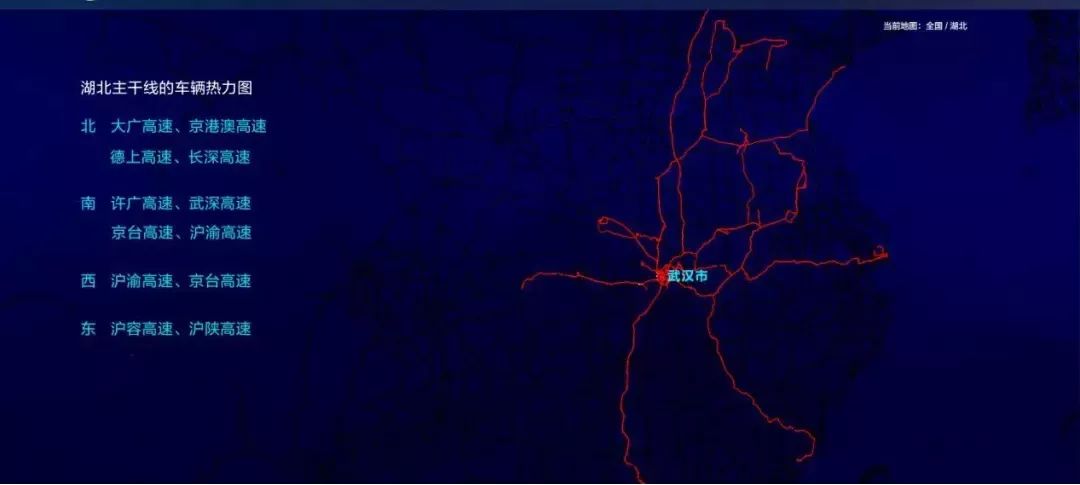
From January 24 to 28, a total of 2,675 vehicles operated in Hubei Province, of which only 1,048 had Hubei license plates, accounting for 39%, while the remaining 61% were from other provinces. The top three provinces were: Henan with 68 vehicles, Jiangsu with 64 vehicles, and Shandong with 59 vehicles. Additionally, many vehicles from cities over 1,000 kilometers away from Wuhan also rushed in, including 23 from Guangdong; 70 from Beijing-Tianjin-Hebei; 52 from Heilongjiang, Jilin, and Liaoning; 6 from Inner Mongolia; 3 from Yunnan; and 2 from Xinjiang. These “out-of-town vehicles” transported medical supplies, epidemic prevention items, fruits, vegetables, and construction materials into Wuhan and surrounding areas through green channels and special epidemic passes. Full truck logistics mainly focused on agricultural products and fruit wholesale markets to ensure the daily supply of urban life, as well as medical equipment-related enterprises and logistics parks to ensure the transportation and distribution of medical devices.
It is evident that this IoV big data merely serves as a statistical record of material transport, and its application in big data has not participated in vehicle dispatch decisions. The coordination of goods, transportation, and material reception still relies on individual decision-makers along the logistics line. Although there is already smooth communication between shippers, truck drivers, and receivers, issues such as detours, empty runs, and unreasonable material distribution due to information asymmetry still exist. IoV big data should not only play a “watching” role but should also share this data in real-time, integrating it into a unified material dispatch system to reduce transportation waste and unreasonable material scheduling, optimizing the utilization of epidemic prevention resources.
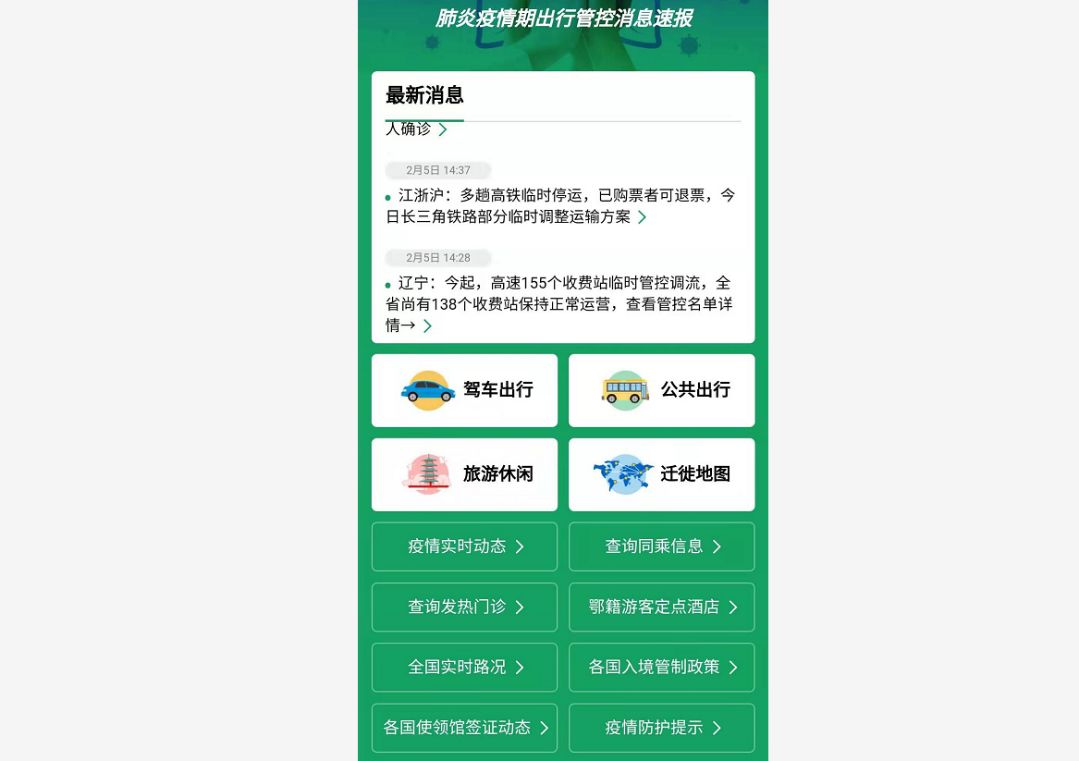
“And who can provide timely epidemic information for travel?” Immediately, a mainstream mapping app in the country provided a “National Epidemic Map” for vehicle owners and pedestrians. This “epidemic map,” generated based on real-time national epidemic big data, can provide users with the latest epidemic dynamics and serve as a reference for vehicle owners returning to work and cities. It currently includes “fever clinics” in Wuhan, Beijing, Guangzhou, and Chengdu, allowing users to view all medical institutions offering fever clinics nearby. Additionally, based on the heat map of population movement density, it can remind users to avoid crowded places, reducing the risk of infection.
To combat the rapid spread of pneumonia, “lockdowns” and the suspension of public transportation are effective measures to block large-scale personnel movement and infection spread, while necessary material transport and essential travel require active responses from traffic management departments and transportation companies. In the future, a long-term emergency passage and support mechanism should be established. A comprehensive, efficient IoV big data platform, coordinated by the government, supported by technology from enterprises, and fully participated in by automotive companies, should be placed on the agenda after the pandemic.
Advancement: Normalized IoV Epidemic Prevention Applications
Currently, as the peak of returning to cities after the holiday has arrived, to strengthen epidemic prevention, nationwide airports and train stations have implemented temperature checks. Some station exits and subway entrances are equipped with infrared thermometers to ensure passengers can pass through quickly. However, this process is not friendly for vehicles on highways, as it requires vehicles to stop, drivers and passengers to exit, register temperature checks, and then re-enter the vehicle, which can easily cause queues and increase travel time.
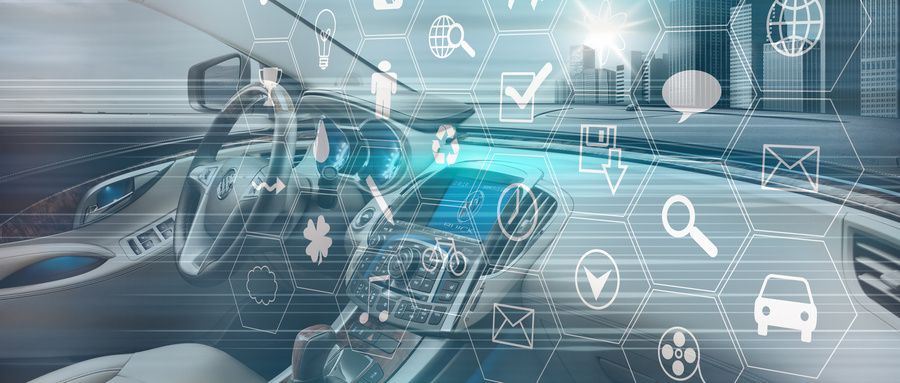
Clearly, we can borrow the idea of “inventing shoes”—not “paving the ground with fur” but “binding a piece of fur to the foot.” Temperature detection and even in-vehicle health monitoring systems can be directly embedded within vehicles, becoming a normalized application of IoV. In normal times, this health monitoring system can collect the temperature and physical condition of individuals inside the vehicle through in-car cameras (with the consent of the driver and passengers), determining whether the driver is exhibiting dangerous driving behavior due to fatigue or illness, providing early warnings, and monitoring the physical condition of passengers to automatically adjust the vehicle’s interior temperature. For public transport, this intelligent monitoring tool can determine whether passengers are smoking, wearing masks, or exhibiting flu-like symptoms, sending friendly reminders to drivers and passengers via a mobile app. During a pandemic, with the owner’s permission, this system can upload the temperature and physical data of passengers to the epidemic platform, synchronizing it in real-time with traffic management departments and highway ETC systems. This allows normal vehicles to pass without checks while providing timely prevention and assistance for those with fever or suspected illness.
In-vehicle infrared cameras and intelligent temperature control and purification devices, combined with the IoV platform, will enhance the vehicle’s health monitoring and real-time epidemic monitoring capabilities, further enriching the monitoring dimensions of vehicle big data. At the same time, while respecting user privacy, intelligent hardware assistance will provide better health protection for passengers.
Future: An Unmanned IoV Epidemic Prevention Platform
With the maturity of 5G technology and the advancement of autonomous driving technology towards Level 5, we can expect the widespread use of certain unmanned vehicles in specific environments in the near future. For example, the establishment of logistics channels for unmanned trucks specifically for material transport. Unmanned vehicles, or delivery drones, will be deployed across vast industrial, logistics, and campus areas; low-speed public transport will operate on designated routes.
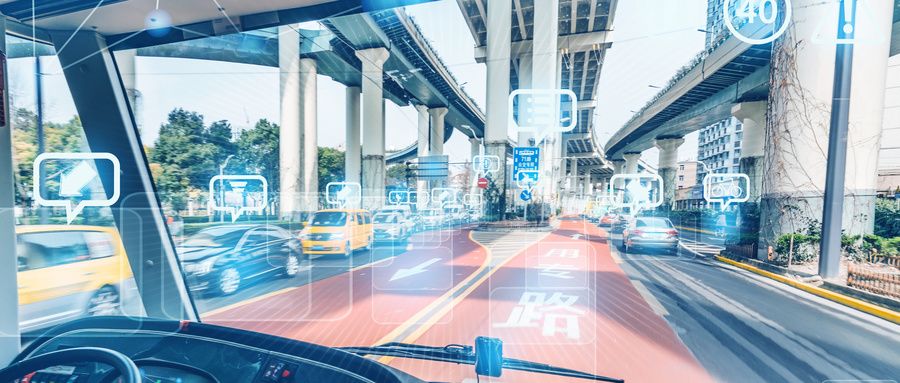
In the future, an unmanned IoV platform can effectively meet the demands for material and personnel transport following an outbreak. For bulk material transport, unmanned trucks will greatly alleviate the pressure on truck drivers, ensuring the safe and smooth delivery of goods. For ordinary quarantined users’ daily shopping needs, scheduled delivery by unmanned vehicles (or drones) can be provided; for patients needing medical attention, unmanned passenger vehicles can offer one-on-one services, avoiding cross-infection among patients and protecting drivers from infection.
During the first two days of public transport suspension due to epidemic prevention, many healthcare workers had no vehicles to use, and numerous citizens in Wuhan formed volunteer car teams, tirelessly providing transportation for medical staff and transporting medical supplies. Such volunteer services inadvertently increased the infection risk for volunteers. Later, although relevant departments urgently dispatched commuting buses to meet the travel needs of medical staff, it still required the cooperation of many drivers and passengers. In the future, the automatic scheduling of unmanned vehicles will completely resolve the travel difficulties of medical staff without exposing more individuals to additional infection risks.
It is foreseeable that the big data of IoV under autonomous driving will truly connect people, vehicles, roads, goods, and destinations, optimizing travel time and material allocation, achieving real-time information transmission, and even potentially containing outbreaks at their initial stages.
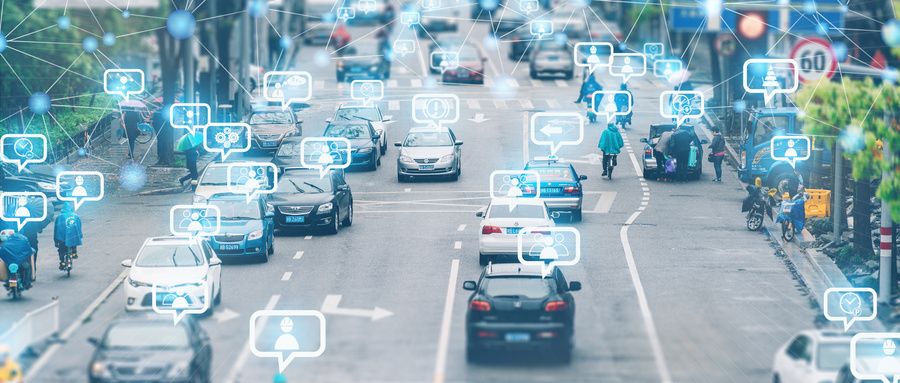
Of course, achieving this ideal state is a process that requires the accumulation of technology and the maturation of business models. Government organizations, urban road management departments, automotive manufacturers, technology service platforms, and every consumer are participants and creators of this IoV platform. Corresponding policies and regulations, supporting infrastructure, vehicle technology integration, data connectivity across platforms, consumer data privacy protection, and balancing public obligations are all interlinked and interactively influence each other, requiring every participant to engage with sufficient patience and wisdom.
Just as influenza is a test of our individual immunity, the outbreak of this virus is also a test of our social governance capabilities and technological innovation. Learning to reflect from disasters, finding remedies from vulnerabilities, and establishing new orders from chaos are precisely the lessons we should learn from the pandemic.



